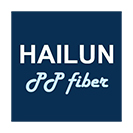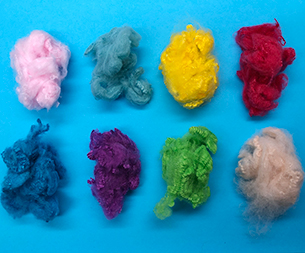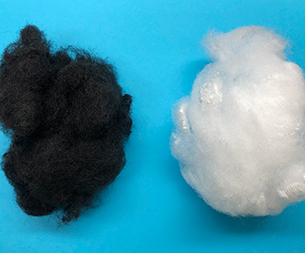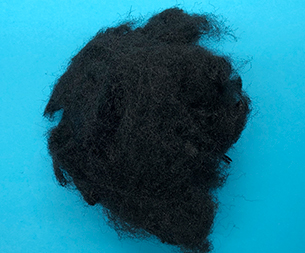Textile and garment orders for the Christmas season in Europe and the United States usually start in October. However, this year, the US's reciprocal tariff policy has significantly dampened the enthusiasm of downstream customers to stock up, having a negative impact on major global textile and garment exporting countries. From the industry data of the past two months, core indicators such as the operating rate of textile enterprises in various countries and their export performance show a clear correlation with the final tariff rates agreed upon between the countries and the United States. For instance, India significantly raised its tariffs on the United States to 50%, an increase of 24 percentage points compared to April, directly triggering a chain reaction such as the decline in domestic cotton prices and yarn prices. Although Vietnam and Pakistan have taken on some transferred orders from China and India, the pressure of high tariffs and the shortcomings in their industrial chains still restrict their growth space.
Cost pressure has pushed up yarn prices, and the recovery of orders has fallen short of expectations
The peak season for Bangladesh's textile and garment exports usually begins in the middle to late October. In previous years, orders from Europe and North America would be released in a concentrated manner at this time. However, this year, due to multiple unexpected factors, the pace of order placement has significantly slowed down. On the one hand, a fire broke out recently at the cargo center of Dhaka Airport, damaging a large number of high-value and urgent order goods. The reconstruction of the airport will take several months. Industry insiders predict that the losses caused by this accident may exceed 1 billion US dollars. On the other hand, Chittagong Port has significantly raised its freight rates, with an average increase of 41%, directly increasing the cost of import and export trade.
The cost pressure has been simultaneously transmitted to the upstream of the industrial chain. Coupled with the rebound in US cotton prices, the export price of yarn from Bangladesh has slightly increased by 5 to 8 cents per kilogram in the past half month. Although the marginal improvement in clothing orders was slight, the overall scale was still lower than that of the same period in previous years. Moreover, American customers demanded that manufacturers share import tariffs, which led to the industry's export profits remaining at a low level.
After the "export rush", orders have dropped, but the industrial chain remains in a healthy range
Vietnam's textile and garment exports performed outstandingly in the first nine months, with a cumulative export value of 29.744 billion US dollars, up 8.6% year-on-year. However, behind this achievement lies the phenomenon of demand being advanced due to the "rush to export". At present, Vietnam's export tariff on the United States is 20%, which is relatively low among major exporting countries. However, the effect of the tariff increase, combined with the overdrawn previous orders, has led to a significant weakening of downstream orders in the past half month.
The industry's operating rate has slightly adjusted accordingly. The overall domestic operating rate has dropped to 60-70%, but most Chinese-funded enterprises, leveraging their supply chain advantages, still maintain full operation. In terms of inventory, local cotton mills have low cotton inventories due to insufficient operating rates or intermittent production, with most remaining at 35 to 45 days. The raw material inventory of some Chinese-funded enterprises (excluding those in transit) can reach 2 to 3 months, and the yarn quotations have remained basically stable recently. At present, the finished product inventory of textile enterprises is generally within 25 days, and the order scheduling of some enterprises still has 2 to 3 months. Although the industrial chain is slightly weaker compared with the previous period, it is still in a healthy state as a whole. In terms of export structure, 32/40-count yarns are the main categories. At the import end, there is an upward trend in the demand for color-spun yarns, especially traceable color-spun yarns, which are more favored.
Declaration: The content of this article is compiled from the Internet and the copyright belongs to the original author. If there is any infringement, please inform us in time and contact us for deletion.
- Key Guide to Selecting Polypropy
- The impact of the Federal Reserv
- The core performance advantages
- China Textile Machinery: Driven
- The core applications of polypro
- Textile foreign trade has shifte
- How to choose the right polyprop
- Cross-border textile merchants a
- Optimization of Production proce
- What impact does the United Stat
- Markets
- Automotive Products
- Nonwoven Lining
- Geosynthetics
- Liquid Filtration
- Apparel and Textiles
- Hygiene Products
- Building and Construction
- Other Markets
- Contact Us
- Contact Haibang





